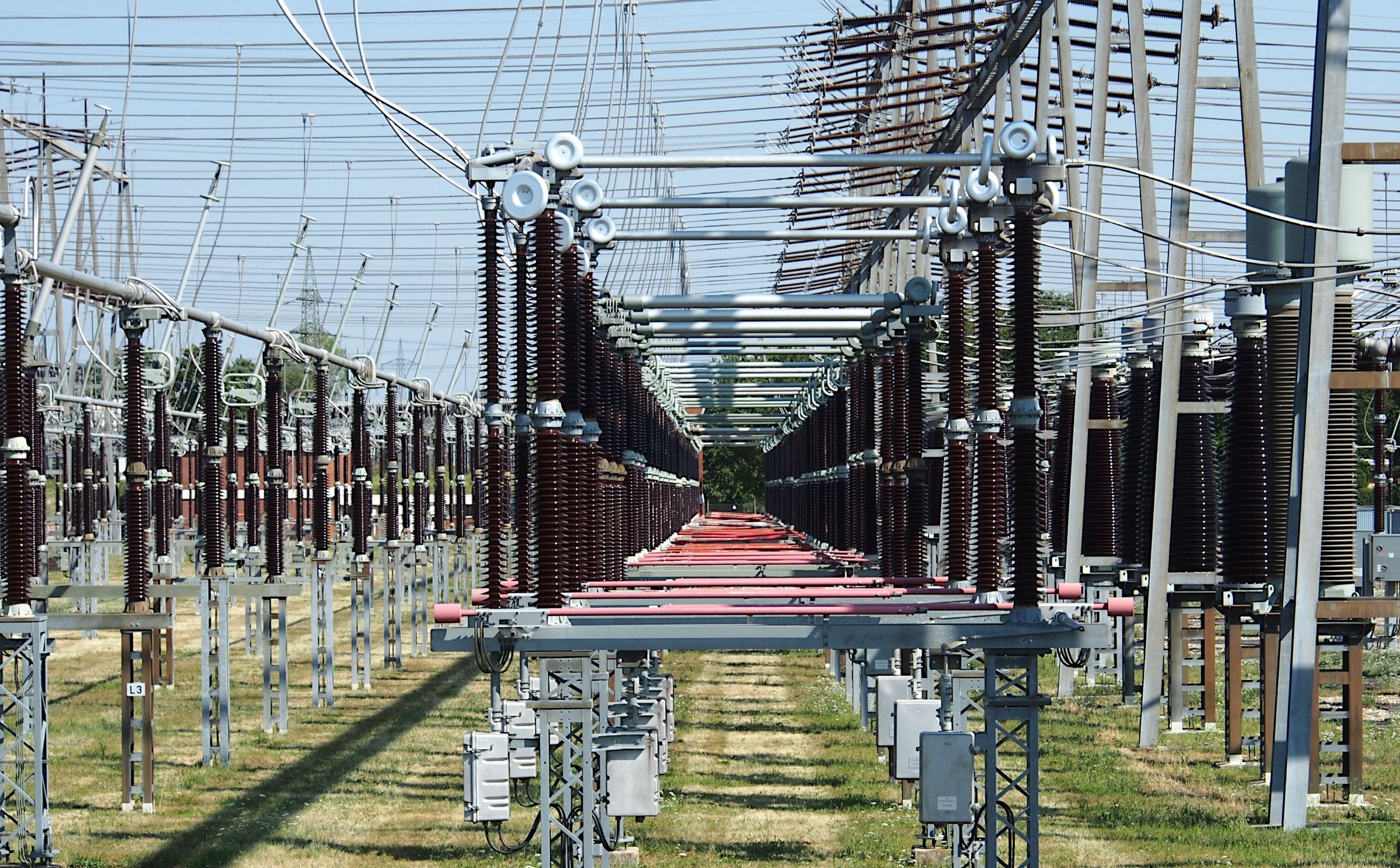EVALUATING THERMAL COMFORT IN OFFICE BUILDINGS: A SUSTAINABILITY PERSPECTIVE
Keywords:
Adaptive Thermal comfort, Occupant-centred design, Office buildings, Productivity, Developing-country contextAbstract
This study combines measured indoor environmental factors with occupant perceptions to examine thermal comfort conditions in faculty and staff offices at the University of Engineering and Technology (UET) in Lahore, Pakistan. 130 respondents from various departments were given a structured questionnaire that included the ASHRAE 7-point thermal feeling scale and categorical evaluations of productivity and health. Physical measures included room temperature, air velocity, and relative humidity. Despite typical interior temperatures (28.6°C) surpassing ASHRAE 55 summer standards, the results indicate that more than 80% of respondents assessed their thermal environment as satisfactory, indicating adaptive tolerance in the local climatic and cultural context. There were very minor effects on productivity, mostly in the late afternoon. The study's unique contribution is the way it combines quantitative building performance data with qualitative user feedback in the context of higher education in developing nations. This results in occupant-centered, evidence-based recommendations for campus building design, such as the necessity of centralized cooling and better ventilation throughout academic spaces.
















